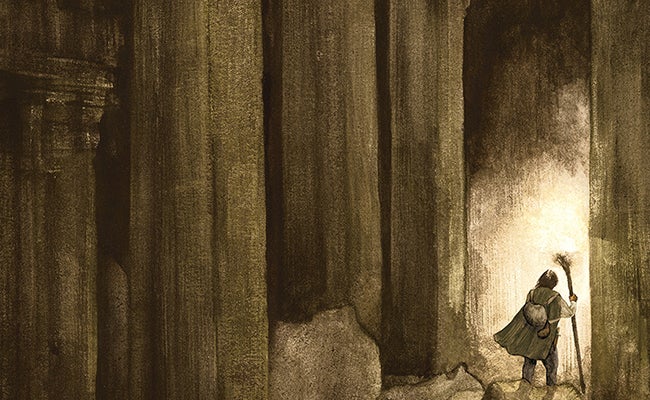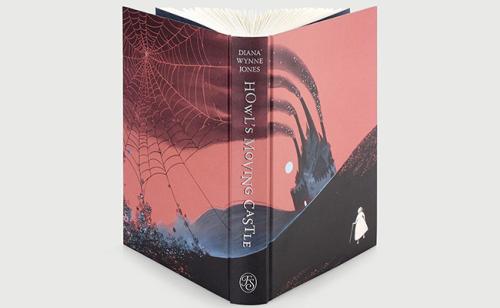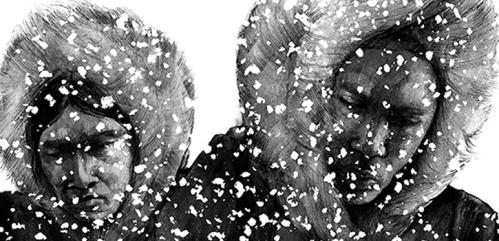This Folio Life: A celebration of Ursula K. Le Guin
The Earthsea Cycle has been published in many formats, but arguably none more in keeping with Ursula K. Le Guin’s original intentions for her work than the new illustrated series from Folio.
Committing to publishing all six titles in The Earthsea Cycle over the next two years, Publishing Director Tom Walker explores the importance of Ursula K. Le Guin’s writing and why this is such a significant series for Folio.
This article also features in our latest Folio magazine (free with your next order).
Continuing the Earthsea series
Folio ran a survey on big fantasy series last year, asking what people would most like to see. The results came back, saying, ‘We really want Earthsea! Give us Earthsea!’ It came out on top by such a long way. Folio’s editions of The Earthsea Cycle make sense not just because fantasy as a genre provides such rich pickings for illustrators, but because Le Guin herself was really excited by the idea of illustration. She had a deep interest in it, in getting it right, but at the same time allowing illustrators and designers freedom to do wonderful things with her books.
Illustrations as a great partner to her writing
Le Guin had a lifelong appreciation and involvement with the visual arts. According to her son, Theo Downes-Le Guin, ‘she sketched for her own pleasure, illustrated chapbooks, and added visual marginalia to notes and letters. Her visual imagination was naturally conjoined by a love of, and sharp eye for, others’ art. She believed in illustrations and cover art as great partners to her writing, and relished opportunities to work with other artists.’
Artwork approved by Le Guin
Le Guin was completely engaged in the process of David Lupton illustrating her work for Folio’s 2015 edition of A Wizard of Earthsea as well as The Left Hand of Darkness, providing detailed descriptions of how geographical features, mythical creatures or different peoples should appear. She was particularly passionate about fighting against the ‘whitewashing’ of the fantasy genre, as well as offering detailed feedback on Lupton’s paintings.
Creating a striking realism
Gont Island for example, the birthplace of Wizard’s young protagonist, is: ‘Simply a volcanic peak, the top 5,000 feet of which sticks up out of the sea, like any such island on earth. It’s made of dirt, not clouds.’ The Scilly Isles might provide real-life inspiration, Le Guin suggested. Most important was that Lupton avoid the ‘conventional, etherealised, unreal look of most fantasy illustration’ in favour of a ‘strong, vivid, striking realism. Not a fanciful dreamworld, but an imaginary world accurately drawn and vividly, intensely seen.’
Don’t have preconceptions …
The fact that the walls between genre and literary fiction are finally being broken down is thanks in part to Le Guin. She was fierce about that: take it seriously, don’t have preconceptions; read it as a book, not as a genre. Her work is complicated, beautiful and challenging, and because of this her ‘intensely seen’ worlds are finding new readers every day.









